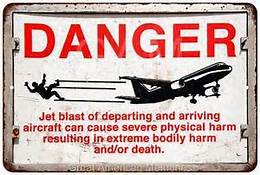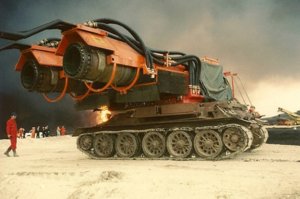Raymond Mason
EF1
- Joined
- Feb 12, 2013
- Messages
- 56
Hi! You know, me and my father were talking about jet engines and he made me realize how incredibly powerful they are. Now there are signs near air ports that warn you about jet blasts since it produces winds around 120 MPH.

jet engine blast can up-root trees, flatten building structures, shatter windows, lift and propel heavy objects, weathercock braked airplanes, blow over lift trucks, shift unbraked baggage carts, and create other havoc on airport ramps, taxiways, and runways.
Now, my question is, would a jet blast weaken, strengthen, or even destroy a tornado? I am talking about the average tornado and the freakishly strong EF4 + kind. Could it even make the tornado change its path?
What do you think?

jet engine blast can up-root trees, flatten building structures, shatter windows, lift and propel heavy objects, weathercock braked airplanes, blow over lift trucks, shift unbraked baggage carts, and create other havoc on airport ramps, taxiways, and runways.
Now, my question is, would a jet blast weaken, strengthen, or even destroy a tornado? I am talking about the average tornado and the freakishly strong EF4 + kind. Could it even make the tornado change its path?
What do you think?


